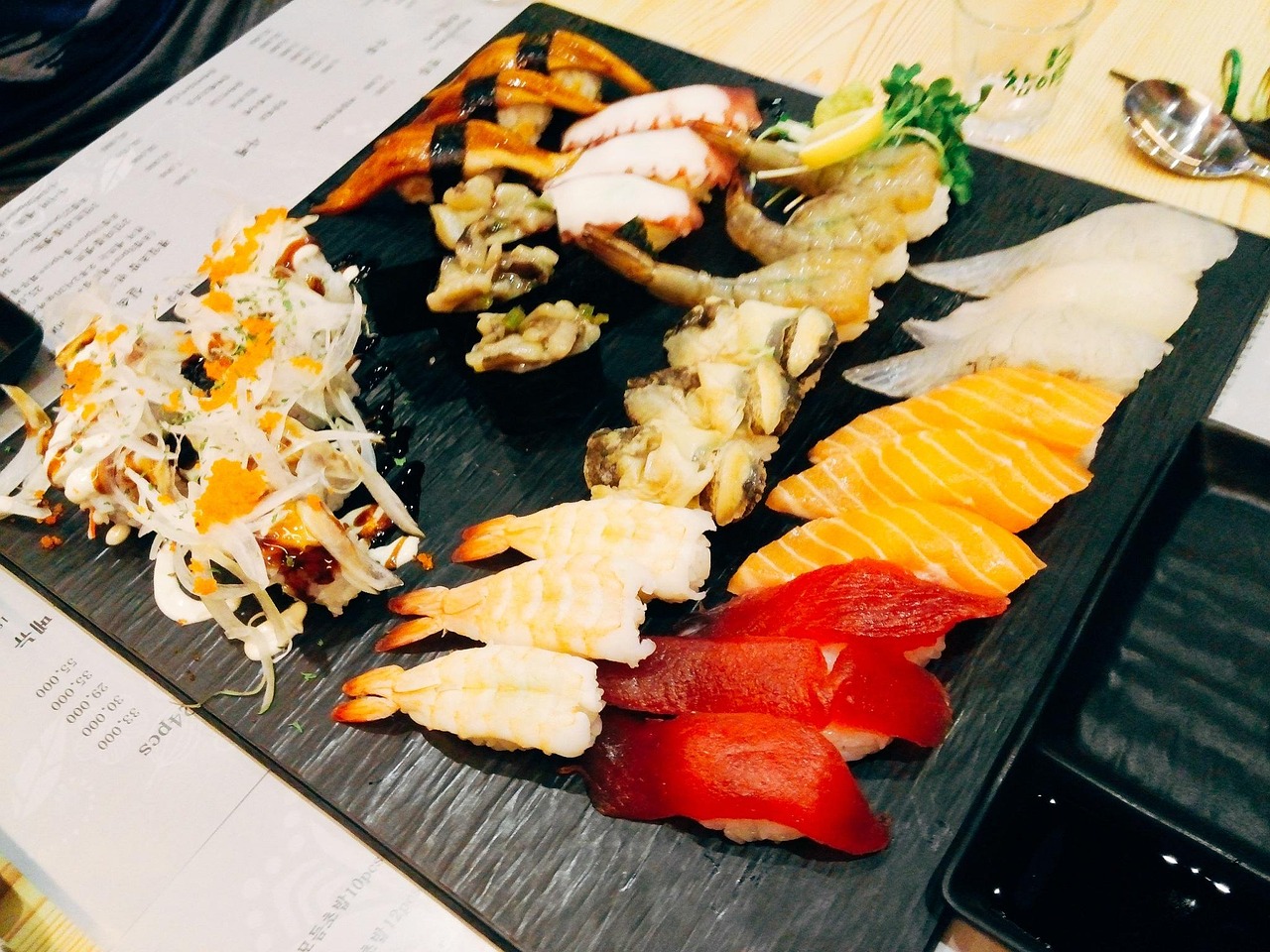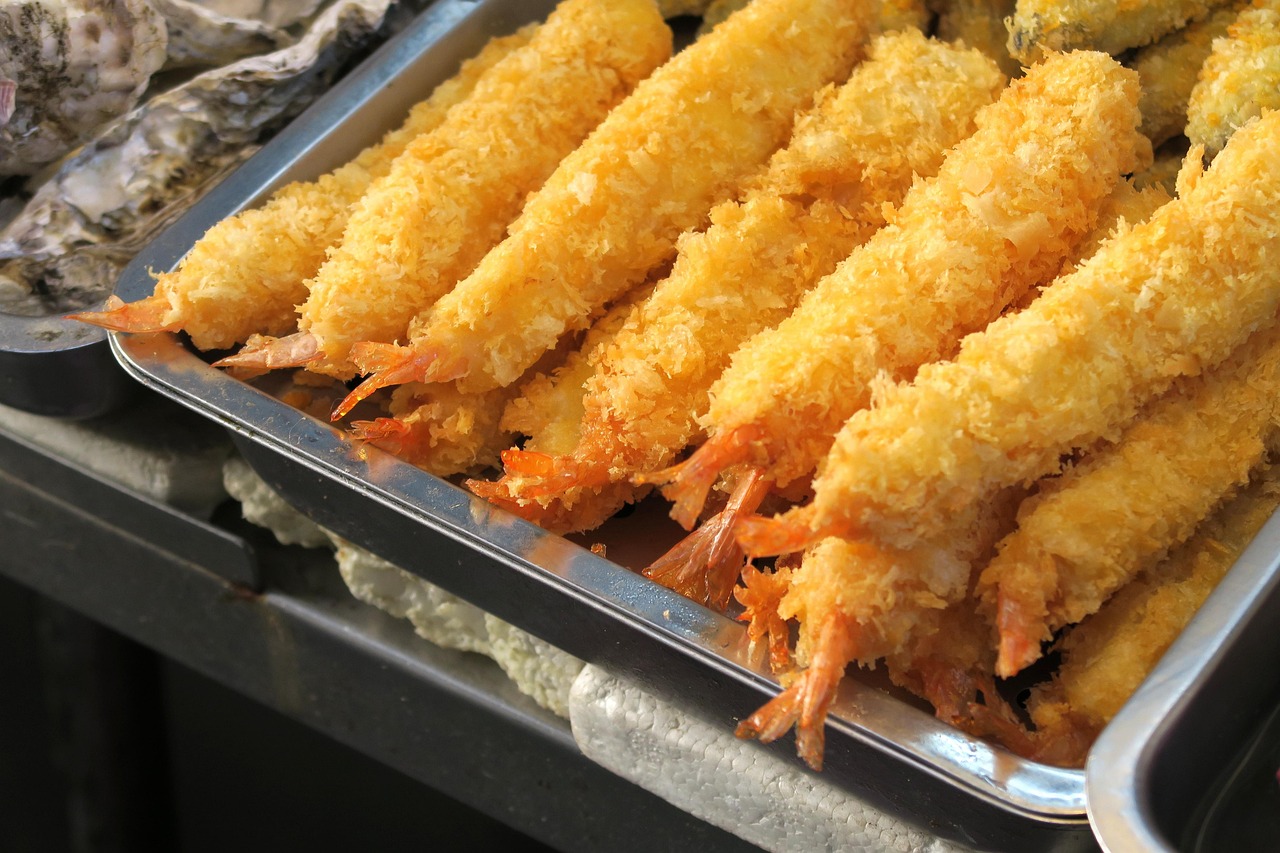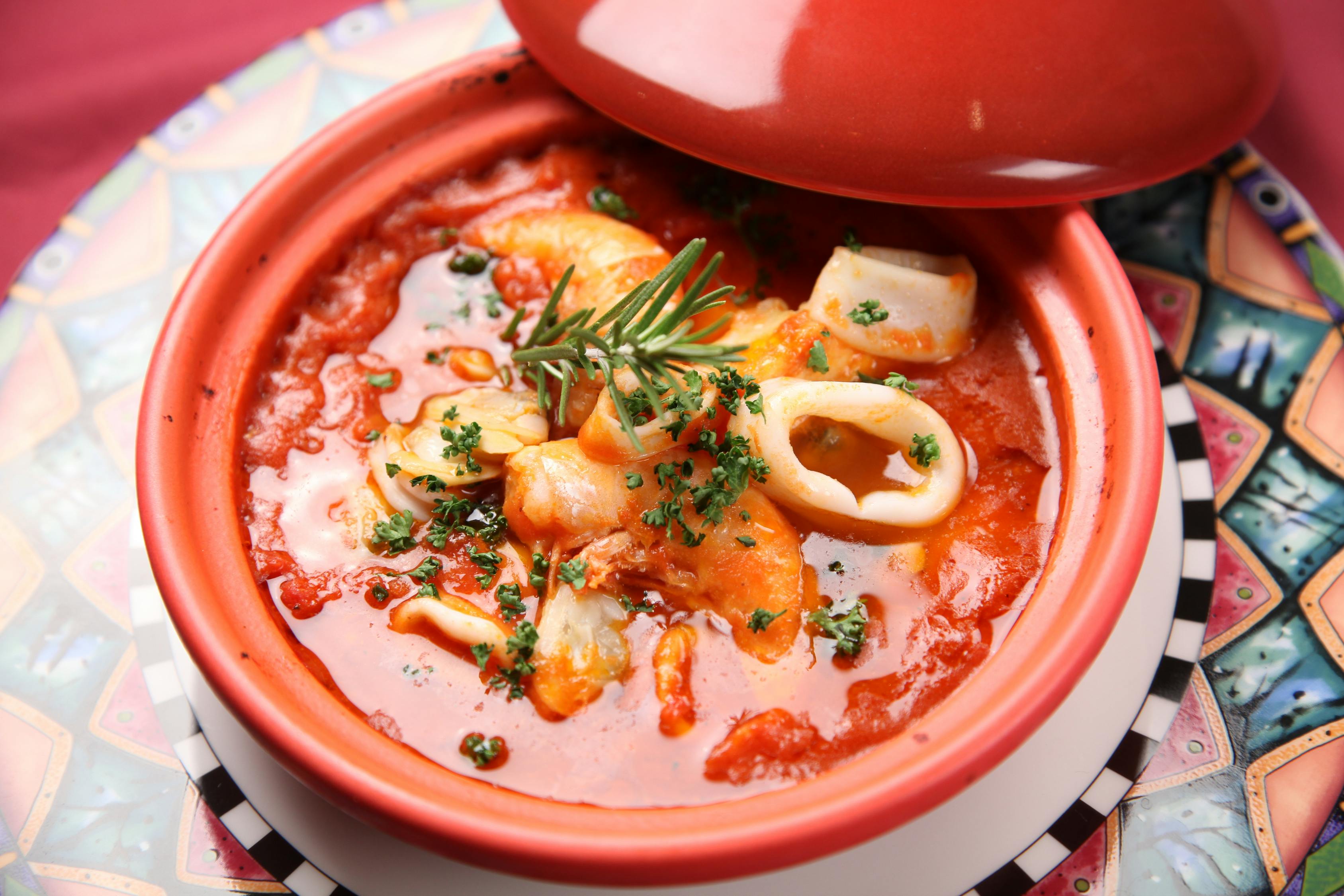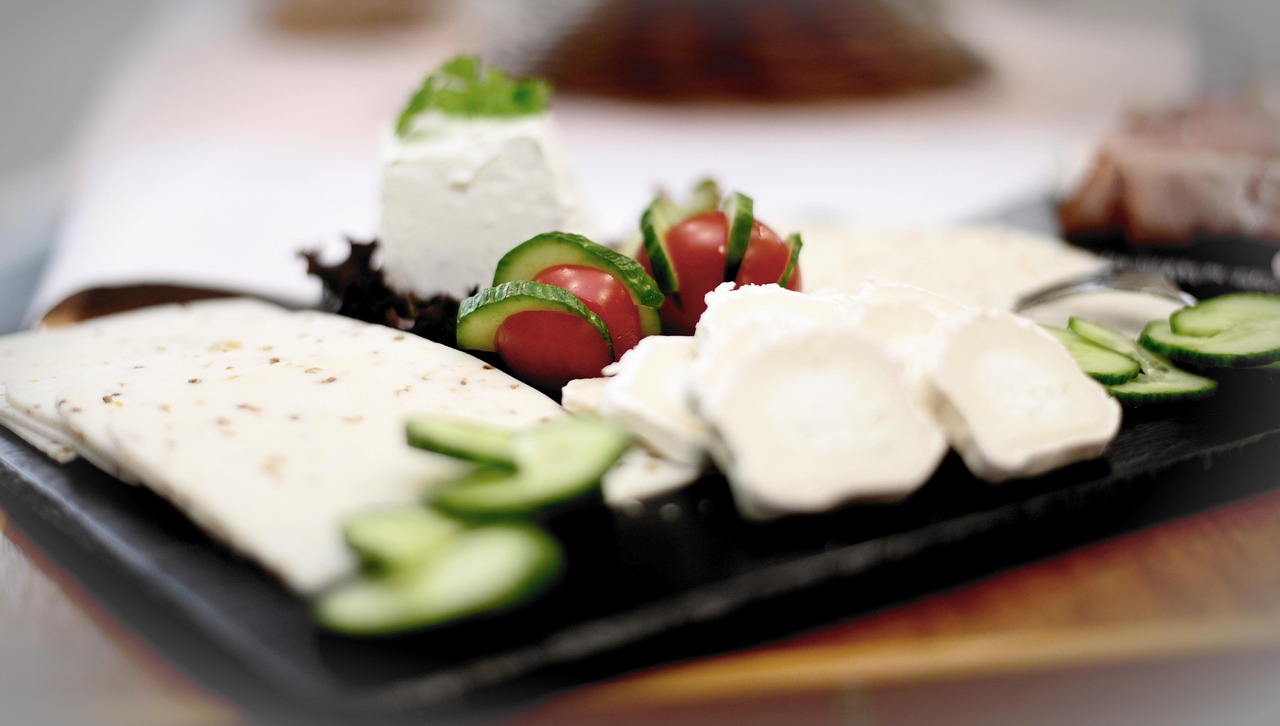Exploring the Rich Tapestry of Chinese Traditional Cuisine:An English Speech
本文是一篇关于中国传统文化的英语演讲,主题是探索中国传统美食的丰富多样性,演讲者将介绍中国各地的特色美食,如四川的麻辣火锅、广东的早茶、北京的烤鸭等,展示中国饮食文化的博大精深,演讲者还将探讨中国美食背后的历史和文化意义,如食物与节日、宗教、地域的联系,以及烹饪技艺的传承与发展,通过这场演讲,听众可以更深入地了解中国传统美食的独特魅力,感受中华饮食文化的深厚底蕴。
Ladies and gentlemen, esteemed guests, and fellow food enthusiasts,
Good day to you all! Today, I am thrilled to have the opportunity to delve into the fascinating world of Chinese traditional cuisine. As one of the oldest and most diverse culinary traditions in the world, Chinese food is not just about satisfying hunger; it is an art form, a cultural expression, and a way of life. In this speech, I will take you on a journey through the rich tapestry of flavors, techniques, and history that define Chinese gastronomy.
The Roots of Chinese Cuisine
Chinese cuisine has a history that spans thousands of years, with each dynasty contributing to its evolution. The philosophy behind Chinese cooking is deeply rooted in the principles of harmony and balance, which are reflected in the use of ingredients, cooking methods, and the presentation of dishes. The Chinese believe that food should not only taste good but also be beneficial to health, aligning with the concept of "Yin and Yang" and the Five Elements theory.
Regional Diversity
One of the most striking features of Chinese cuisine is its regional diversity. China's vast geography and varied climates have given rise to distinct culinary traditions across its provinces. For instance, Sichuan cuisine is known for its bold and pungent flavors, with a liberal use of garlic and chili peppers. In contrast, Cantonese cuisine from the south is lighter and emphasizes the freshness of ingredients, often served in a simple broth or with minimal seasoning.
Staple Ingredients
Rice is the staple food in most parts of China, particularly in the southern regions, while wheat-based foods like noodles and dumplings are more common in the north. Soy products, such as tofu and soy sauce, are also integral to Chinese cooking, providing a source of protein and depth of flavor. Other key ingredients include a variety of vegetables, meats, and seafood, which are prepared in a multitude of ways to create a symphony of textures and tastes.
Cooking Techniques
Chinese cooking techniques are as varied as the dishes themselves. Stir-frying is perhaps the most well-known method, which involves cooking ingredients quickly over high heat to seal in flavors and nutrients. Other techniques include steaming, which is believed to preserve the purity of the food's essence; braising, which tenderizes meats and infuses them with rich, complex flavors; and deep-frying, which gives dishes a crispy exterior while maintaining a moist interior.
Signature Dishes
Let's not forget the iconic dishes that have captured the world's palate. Peking Duck, with its crispy skin and succulent meat, is a must-try for any visitor to Beijing. The art of preparing this dish involves roasting the duck in a special oven, and it is traditionally served with pancakes, scallions, and sweet bean sauce. Another classic is Dim Sum, a style of cuisine from the Guangdong region that features a variety of small, bite-sized dishes, often enjoyed during morning tea. The delicate steamed dumplings, or "har gow," and the soft, custard-filled buns known as "baozi" are just two examples of the many Dim Sum delights.
Health and Wellness
Chinese cuisine is not just about indulgence; it is also deeply connected to the principles of health and wellness. The use of medicinal herbs and ingredients like ginseng, goji berries, and bird's nest is common, aiming to boost immunity and promote longevity. The concept of "Qi" or life energy is central to the Chinese approach to food, with dishes designed to balance and enhance one's energy levels.
Cultural Significance
Food in Chinese culture is more than just sustenance; it is a way to bring families and friends together. The Chinese New Year, or Spring Festival, is a time when families gather to share a feast, with each dish carrying a symbolic meaning. For example, fish is a must-have dish as it represents abundance and prosperity, and dumplings symbolize wealth due to their resemblance to ancient Chinese gold ingots.
Global Influence
The influence of Chinese cuisine has spread far beyond China's borders. Today, you can find Chinese restaurants in almost every corner of the world. The adaptability of Chinese cuisine has allowed it to融合 local flavors and ingredients, creating unique fusion dishes that cater to a global audience. This adaptability is a testament to the resilience and creativity inherent in Chinese culinary traditions.
Conclusion
In conclusion, Chinese traditional cuisine is a treasure trove of flavors, techniques, and cultural significance. It is a cuisine that has evolved over millennia, reflecting the history, geography, and philosophy of one of the world's oldest civilizations. As we continue to explore and appreciate the diversity and depth of Chinese cuisine, we are not just tasting food; we are engaging with a living, breathing culture that has much to offer the world.
Thank you for your attention, and I hope this speech has whetted your appetite for the rich and varied world of Chinese traditional cuisine. May you find joy and satisfaction in every bite of your culinary journey through China.
Thank you.









 京公网安备11000000000001号
京公网安备11000000000001号 闽ICP备2023004937号-3
闽ICP备2023004937号-3